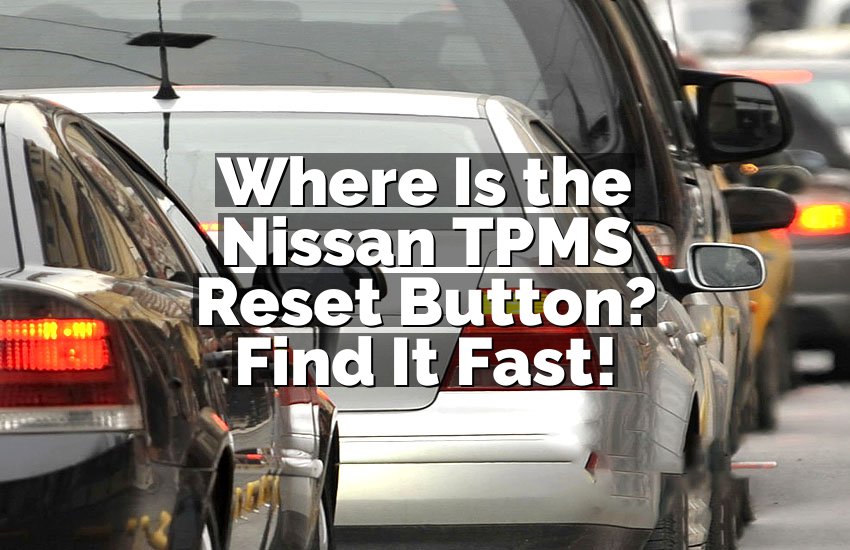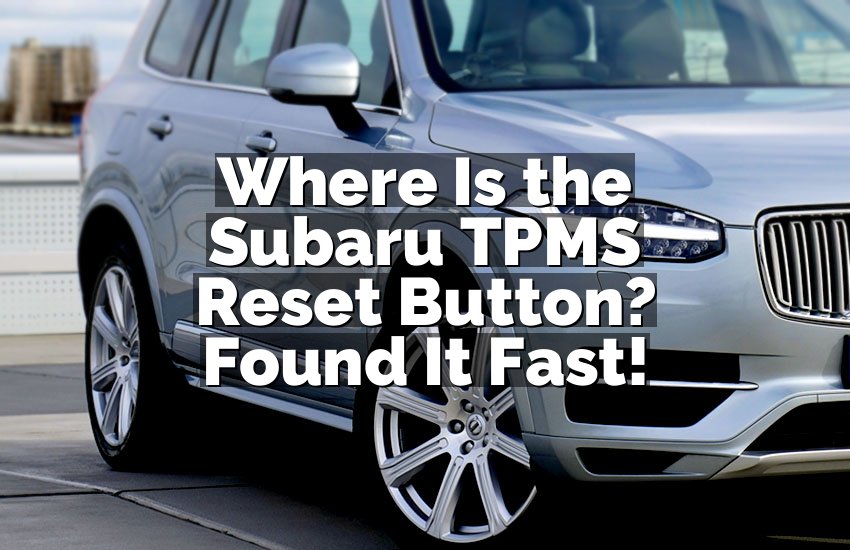Have you ever been driving down the road when you noticed that your car bumper was starting to hang loose? Maybe you accidentally bumped into something, or maybe your bumper just decided it wasn’t happy where it was anymore. Whatever the reason, you don’t want to leave it hanging! A bumper falling off can make your car look bad, and it could even be dangerous. But don’t worry, fixing it is easier than you might think, and you don’t have to be a car expert to do it yourself.
In this article, we’ll walk you through how to fix a car bumper that’s falling off in a simple and easy-to-understand way. We’ll give you all the steps you need, including the tools, tricks, and tips to make sure your car looks great again. Whether you’re dealing with a small crack or a completely loose bumper, you’ll have everything you need to make a proper repair.
So, let’s get started and make sure your car is back in shape in no time!
How Do I Know If My Bumper Needs Fixing?
Before jumping into fixing your bumper, it’s important to know when it actually needs fixing. A loose or falling-off bumper isn’t always easy to spot at first, so here are some signs that you might need to repair it:
1. The Bumper Feels Loose When You Touch It
One of the most obvious signs that your bumper is falling off is if it feels loose or wobbly when you touch it. If you can push or pull it and it moves around, this is a sign that something’s wrong, and it could be about to fall off completely. Don’t wait too long to fix it; the longer you leave it, the more damage can be done.
2. Strange Noises While Driving
Have you noticed strange rattling or banging noises while driving? This could be because the bumper is not properly attached and is moving around while you drive. The last thing you want is for it to come off entirely while you’re on the road, so it’s best to take care of it as soon as possible.
3. Visible Damage or Cracks
Sometimes, bumpers get damaged in an accident, or they just start to crack or break down over time. If you see cracks, breaks, or even pieces that have already fallen off, you’ll need to fix the bumper to keep it intact. Even small cracks can lead to bigger issues down the road.
4. Misalignment with the Car Body
If your bumper isn’t lined up properly with the body of your car, it could mean that the attachment points have come loose. When bumpers are misaligned, it’s not just an eyesore, but it can also create issues with how the bumper works. Fixing this can help restore your car’s look and safety.
How to Fix a Loose or Falling-Off Car Bumper: Step-by-Step Guide
Now that you know how to spot the problem, let’s talk about how to fix it! Here’s a step-by-step guide on how to reattach a loose bumper and get it back where it belongs.
1. Gather Your Tools and Materials
Before you begin fixing your bumper, you’ll need to gather the right tools. Don’t worry, you don’t need anything fancy – just some basic items will do.
Here’s what you’ll need:
- A screwdriver or drill
- Bumper repair clips or fasteners
- Zip ties (for temporary fixes)
- A heat gun (for some bumper materials)
- Plastic or metal bonding glue (for cracks)
- A wrench (if needed)
Having these tools on hand will help make the job go smoothly.
2. Remove the Bumper (If Necessary)
If your bumper is hanging loose and you can’t just reattach it directly, you may need to remove it first. This is especially important if the clips or fasteners that are holding it on are damaged or broken.
To remove the bumper, follow these simple steps:
- First, check for any screws or fasteners that are holding the bumper in place.
- Use your screwdriver or drill to unscrew them. Be careful not to damage the screws, as you’ll need to put them back in later.
- If your bumper is held on by clips or plastic connectors, carefully pull them apart. You can use a plastic trim tool or flathead screwdriver to help with this if needed.
- Once all the fasteners and clips are removed, carefully pull the bumper off. Make sure you don’t yank it too hard, as you don’t want to cause more damage.
3. Fix Any Cracks or Breaks
If your bumper has cracks or breaks, you’ll need to repair them before reattaching it. Here’s how you can do that:
- For small cracks, you can use a plastic bonding adhesive or glue. Simply apply a thin layer of glue along the crack, then press the edges together. Let it dry for at least 24 hours to make sure it’s secure.
- For larger breaks or holes, you may need to use plastic repair filler. Apply the filler to the damaged area, smooth it out with a spatula or putty knife, and let it dry completely.
- If the crack or break is in a place where you can’t use glue or filler, you might need to reinforce it with metal or plastic strips. You can screw or bolt these to the broken pieces, creating a solid fix.
4. Reattach the Bumper
Once your bumper is repaired (if necessary), it’s time to put it back in place. Here’s how you do it:
- Line up the bumper with the body of the car, making sure the clips, fasteners, or screws line up with the corresponding holes or attachment points.
- If your bumper uses clips or connectors, push them back into place, ensuring they’re secured properly. If you’re using screws, insert them into the holes and tighten them with your screwdriver or wrench.
- If the bumper isn’t fitting snugly, you might want to use some zip ties to temporarily hold it in place until you can get more secure fasteners.
5. Test the Bumper
After you’ve reattached the bumper, give it a little wiggle to make sure it’s secure. Try pushing on it gently to see if it moves at all. If it feels solid, then you’re good to go! If not, check for any missing fasteners or clips, and make sure everything is tightly secured.
If you used glue or filler to fix cracks, avoid driving too hard for at least 24 hours to let the repair set completely.
How to Prevent Your Bumper from Falling Off Again
You’ve fixed your bumper and it’s looking great, but how do you make sure it doesn’t happen again? Here are some simple tips to keep your bumper secure and avoid future problems.
1. Regular Inspections
Every now and then, take a look at your bumper to check if anything looks loose or worn out. Inspect the clips, fasteners, and screws to ensure they’re still intact. A little regular maintenance can prevent big problems later.
2. Drive Carefully
It might sound obvious, but being careful when driving can help prevent damage to your bumper. Avoid hitting curbs, bumping into things, or driving over rough terrain too fast. Keeping your car in good condition will help your bumper stay put.
3. Replace Damaged Parts
If you notice any parts of your bumper or the fasteners that are starting to wear down, it’s best to replace them before they cause problems. You can easily find replacement clips or screws at your local auto parts store.
4. Consider Reinforcement
For extra protection, consider reinforcing your bumper with stronger fasteners or adhesive. There are special bumper repair kits available that come with extra clips and connectors, which might give you more stability in the long run.
I hope this article helped you fix your bumper quickly and easily! With a little care and attention, your bumper should stay in place for a long time. Remember to always check for loose parts and address any issues early, and your car will be looking great and safe on the road again.
Frequently Asked Questions
Is it safe to drive with a bumper that is hanging off?
Driving with a bumper that is hanging off can be risky. It might not only cause more damage to your car but also pose a safety risk to you and other drivers. A loose bumper can fall off while you’re driving, potentially causing accidents or damaging other vehicles. It’s best to fix it as soon as you notice the issue to avoid any problems.
Can I fix a falling bumper without professional help?
Yes, you can fix a falling bumper on your own! With the right tools and some basic knowledge, many bumper repairs are simple and easy to do yourself. You don’t need to be a professional mechanic to reattach a loose bumper, and this can save you time and money.
Do I need to replace my entire bumper if it’s cracked?
Not necessarily! Small cracks can usually be repaired with glue or filler. However, if the damage is severe, such as a large break or multiple cracks, you might need to replace the entire bumper. It depends on the extent of the damage, but many bumper repairs can be done without replacing the whole part.
Is it okay to use duct tape as a temporary fix for a loose bumper?
Duct tape can be a temporary solution for a loose bumper, but it’s not a long-term fix. While it might hold the bumper in place for a short time, it won’t be as secure or reliable as proper fasteners or clips. Use duct tape only if you need to get to a repair shop or finish your day, but be sure to fix it properly later.
Can I use super glue to fix a cracked bumper?
Super glue can work for small cracks in plastic bumpers, but it’s not the best long-term solution. It might hold the crack together temporarily, but it may not be strong enough for bigger cracks or heavy use. For a stronger bond, use a plastic-specific adhesive or bonding agent designed for automotive repairs.
Do I need to remove the bumper to fix it?
Not always. If the bumper is only slightly loose, you can sometimes reattach it without removing it entirely. However, if the clips, screws, or fasteners are damaged, you may need to remove the bumper to repair or replace those parts before putting it back on securely.
Is it possible to fix a bumper myself without special tools?
Yes, you can fix a bumper with basic tools like a screwdriver, drill, and some adhesive. You don’t need any special tools for most repairs, although having a heat gun or plastic filler might help if there are cracks. Just make sure you have the right supplies before you start the repair.
Can I drive my car without a bumper?
It’s possible to drive without a bumper, but it’s not a good idea. Your bumper helps protect your car in minor collisions and keeps you safer on the road. It also helps keep your car’s parts secure. Driving without a bumper can cause other problems, such as dirt or debris getting into the engine area, so it’s best to fix or replace it as soon as you can.


